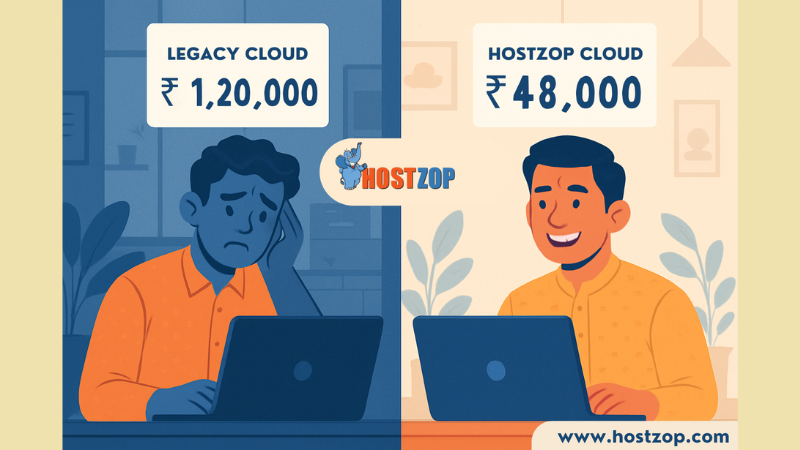India’s fintech revolution is one of the most significant shifts in its economic landscape over the past decade. The country is rapidly positioning itself as a global leader in financial technology, driven by rapid digitization, the widespread use of mobile phones, and favorable government policies. As of 2024, fintech innovation in India is not only transforming financial services but also playing a crucial role in enhancing financial inclusion and democratizing access to financial products. In this article, we delve into the driving forces behind India’s fintech boom, the challenges the sector faces, and the future trajectory of this dynamic industry.
The Rise of FinTech in India
India’s fintech sector has grown exponentially over the last few years, spurred by a combination of factors. The government’s push for digitalization, exemplified by initiatives such as Digital India, and the development of the Unified Payments Interface (UPI) have laid the foundation for fintech growth. In 2023, India’s fintech industry was valued at over $50 billion and is projected to reach $150 billion by 2025. This rapid expansion is underpinned by the country’s vast and underserved population, which creates fertile ground for innovative financial solutions.
Key Drivers of FinTech Innovation in India
- Digital Adoption and Mobile Penetration: India is home to over 1.2 billion mobile phone users, many of whom are increasingly using smartphones for various financial services. Mobile penetration, combined with low data costs, has made it easier for fintech companies to reach a broad audience, particularly in rural and semi-urban areas where traditional banking services are often lacking.
- Government Support and Regulatory Framework: The Indian government has been highly supportive of fintech innovation, implementing policies that encourage the growth of the sector. The introduction of UPI, which enables instant real-time payments, and the Aadhaar biometric identification system have been game changers. These initiatives have significantly reduced the barriers to financial access, particularly for lower-income groups.
- Artificial Intelligence (AI) and Machine Learning (ML): AI and ML are playing a transformative role in fintech, particularly in areas like risk assessment, fraud detection, and customer service. AI-driven chatbots are being used to improve customer service, while machine learning algorithms are helping companies better assess the creditworthiness of individuals, particularly those without traditional credit histories.
- Blockchain and Cryptocurrency: While still in its nascent stages in India, blockchain technology holds immense potential for fintech innovation. Blockchain can provide secure, transparent, and efficient solutions for various financial processes, including cross-border transactions, identity verification, and asset management. Although cryptocurrency faces regulatory hurdles in India, blockchain applications in traditional finance are gaining traction.
- Financial Inclusion: One of the primary goals of fintech in India is to bring financial services to the unbanked and underbanked populations. This is being achieved through digital banking, micro-lending platforms, and AI-powered wealth management services that cater to low-income groups. Companies like Paytm, PhonePe, and BharatPe are leading the charge in making financial services more accessible to the masses.
Major FinTech Segments in India
Digital Payments
The digital payments space is one of the most dynamic areas of fintech in India. UPI has become the backbone of digital payments, enabling seamless peer-to-peer (P2P) and person-to-merchant (P2M) transactions. In 2023, UPI recorded over 8 billion transactions in a single month, underscoring the widespread adoption of digital payments. Payment platforms like Paytm, PhonePe, Google Pay, and Amazon Pay dominate the market, providing users with convenient, fast, and secure payment options.
Lending and Credit
Fintech startups in India are revolutionizing the lending space by offering quicker, more efficient loan services than traditional banks. Digital lending platforms use AI and big data analytics to assess creditworthiness, making it easier for individuals and small businesses to access credit. Companies like Lendingkart, KreditBee, and MoneyTap are providing short-term loans, while digital lending platforms such as ZestMoney are offering interest-free loans for consumer purchases.
WealthTech and Investment Platforms
The rise of wealth tech platforms has democratized investment opportunities in India. Startups like Zerodha, Groww, and Paytm Money are providing retail investors with easy access to stocks, mutual funds, and exchange-traded funds (ETFs). These platforms are not only simplifying the investment process but also offering educational content to help users make informed investment decisions.
InsurTech
Insurance technology (InsurTech) is another burgeoning area within the fintech ecosystem. Companies like PolicyBazaar and Coverfox are using digital platforms to simplify the process of comparing and purchasing insurance policies. The integration of AI and big data analytics is helping insurers develop personalized products and streamline the claims process, improving the overall customer experience.
Challenges Facing India’s FinTech Industry
Despite the rapid growth and innovation in India’s fintech sector, several challenges remain:
- Regulatory Hurdles: The regulatory landscape for fintech in India is evolving, and companies must navigate complex and often unclear regulations. While the government has been supportive of digital payments and other fintech innovations, areas like cryptocurrency and peer-to-peer lending still face significant regulatory uncertainty.
- Cybersecurity and Data Privacy: As fintech companies handle vast amounts of sensitive financial data, cybersecurity is a major concern. Cyberattacks, data breaches, and fraud pose significant risks to both companies and consumers. Ensuring robust security measures and complying with data privacy regulations will be critical for the long-term success of fintech companies.
- Financial Literacy: While fintech solutions are becoming more accessible, a lack of financial literacy remains a barrier to adoption, particularly in rural areas. Many consumers are unfamiliar with digital banking services, online payments, and investment platforms, which can hinder the growth of the fintech sector.
- Competition and Consolidation: The Indian fintech market is highly competitive, with numerous startups vying for market share. While competition drives innovation, it can also lead to consolidation, as larger players acquire smaller startups to expand their offerings. This could reduce the diversity of solutions available to consumers.
The Future of FinTech in India
As India continues to embrace digital transformation, the future of fintech looks incredibly promising. The adoption of new technologies like blockchain, AI, and machine learning will further drive innovation in the sector. The rise of neobanks—digital-only banks that offer a full range of banking services without any physical branches—is likely to disrupt traditional banking models. Additionally, the growth of embedded finance, where financial services are seamlessly integrated into non-financial platforms, will create new opportunities for fintech companies.
The Indian government’s focus on financial inclusion and digital infrastructure development will also play a crucial role in shaping the future of fintech. Initiatives like the Reserve Bank of India’s (RBI) regulatory sandbox, which allows fintech companies to test new products in a controlled environment, are encouraging innovation while ensuring consumer protection.
Conclusion
Fintech innovation in India is transforming the country’s financial landscape by making financial services more accessible, efficient, and inclusive. With the rapid adoption of digital payments, AI-driven solutions, and blockchain technology, the sector is poised for continued growth in the coming years. However, fintech companies must navigate regulatory challenges, cybersecurity threats, and competition to maintain their momentum. As India moves towards becoming a digital economy, fintech will play a central role in driving economic growth and financial inclusion, making it one of the most exciting industries to watch in 2024 and beyond.











